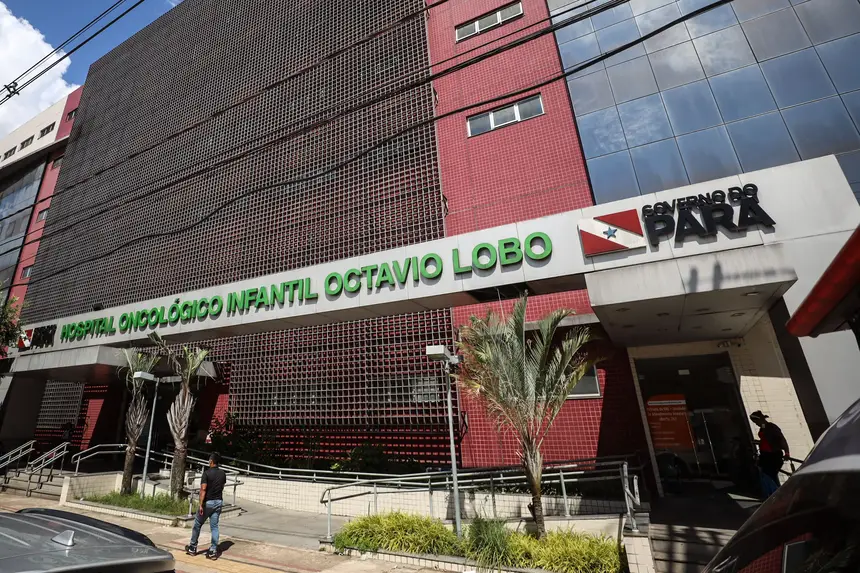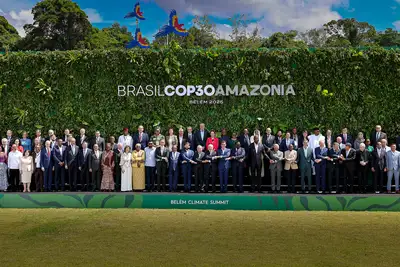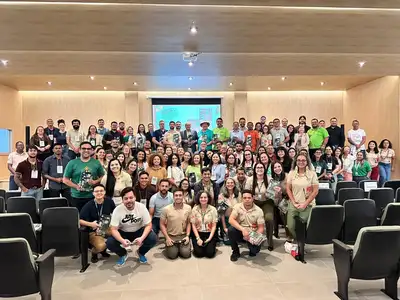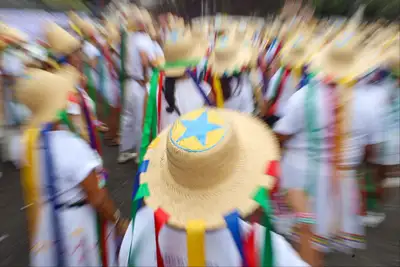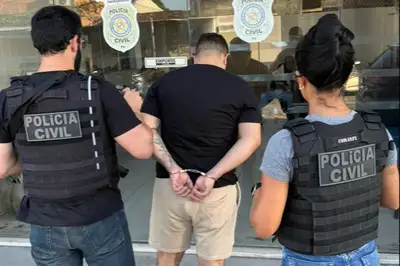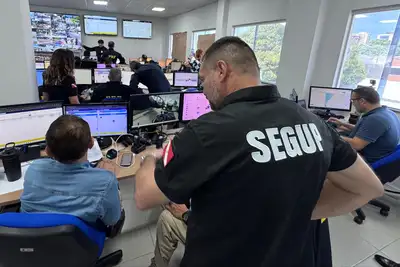Children's Oncology Hospital highlights early diagnosis of retinoblastoma
Oncologist at Hoiol, Karoline Silva, emphasizes that identifying the rare cancer that affects vision is a basic prerequisite for successful treatment
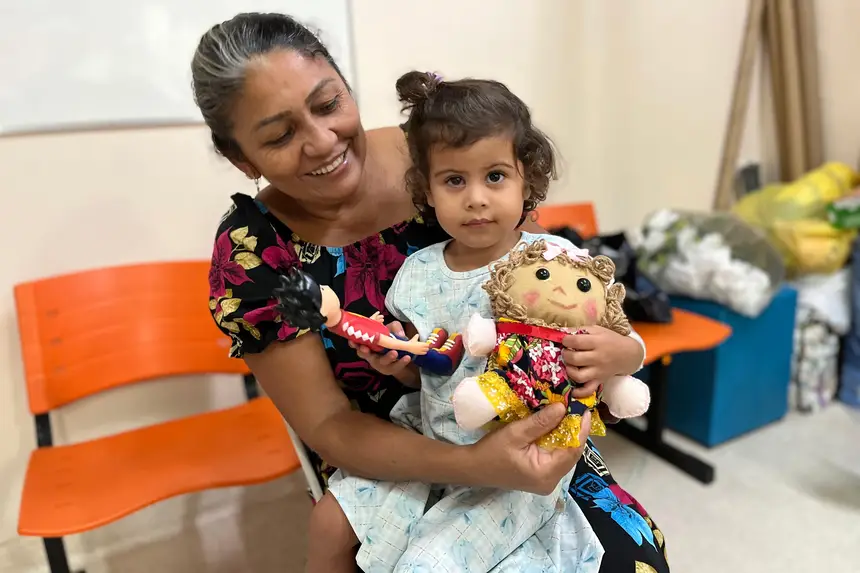
Retinoblastoma is a rare type of cancer that affects the retina, primarily in young children under five years old. Oncologist at the Octávio Lobo Children's Oncology Hospital (Hoiol), Karoline Silva, notes that early diagnosis ensures cure rates close to 100%, with the possibility of preserving not only the eye but also the child's vision. Despite its low incidence, with about 400 new cases per year in Brazil, the disease requires heightened attention from parents, caregivers, and healthcare professionals.
The first sign of retinoblastoma is the white reflection in the pupil, popularly known as "cat's eye," which can be noticed in flash photographs, when the reflection appears whitish instead of the usual reddish hue. "Other signs include strabismus, blurred vision, frequent complaints of visual difficulty, and cases of 'recurrent conjunctivitis,' when the eyes remain red and irritated without definitive improvement," explains Dr. Karoline Silva.
The specialist emphasizes that these symptoms deserve immediate investigation. "It is essential for caregivers to observe any changes in the child's eyes. The sooner the tumor is identified, the greater the chances of cure and preservation of vision," she warns.
Early diagnosis increases the chances of cure by up to 100%. "If the disease is detected in its early stages, it is possible not only to preserve the eye but also to preserve this child's vision. But when diagnosed in the more advanced stage, with signs of spread beyond the eye, sometimes with metastases to the brain, bones, or bone marrow, it requires more intensive treatments and survival is drastically reduced," the doctor states.
The fisherwoman and resident of Monte Alegre, Sandra Santos, is the mother of Aicha, 2 years old, and shares the story of her daughter's cancer diagnosis. According to the mother, the girl was born healthy, but the family began to notice changes in her vision. "My daughter started to squint, then her eye began to look somewhat white, and she cried in pain. I had never heard of this before. It was a panic for us, but we are seeking treatment," she said.
Most of the time, it is to the pediatrician that parents report any suspicion or complaint regarding their children's eyes. The professional needs to be attentive to the early signs and symptoms of retinoblastoma and refer the child for an ophthalmological evaluation as soon as possible.
"The ophthalmologist can also be the first professional, so it is important that during the evaluation, they know how to recognize and differentiate retinoblastoma from other diseases that affect children's eyes, such as retinopathy of prematurity. Conduct initial diagnostic tests and refer this child to a center with pediatric oncology," the specialist affirmed.
"Medicine has different intraocular treatment alternatives, such as laser therapy, brachytherapy (targeted radiation therapy for the eye), and cryotherapy. Intra-arterial chemotherapy is also used, performed through catheterization that delivers treatment directly to the eye to destroy the lesion without the side effects of systemic chemotherapy," she informed.
Service:
Accredited as a High Complexity Oncology Unit (Unacon), Hoiol is a reference in the Amazon region for the diagnosis and specialized treatment of childhood and adolescent cancer, in the age group between 0 and 19 years.
Currently, the unit, managed by the Instituto Diretrizes (ID), in partnership with the State Department of Public Health (Sespa), serves over 900 patients from 144 municipalities in Pará and neighboring states.
Text from Ascom / Hoiol


